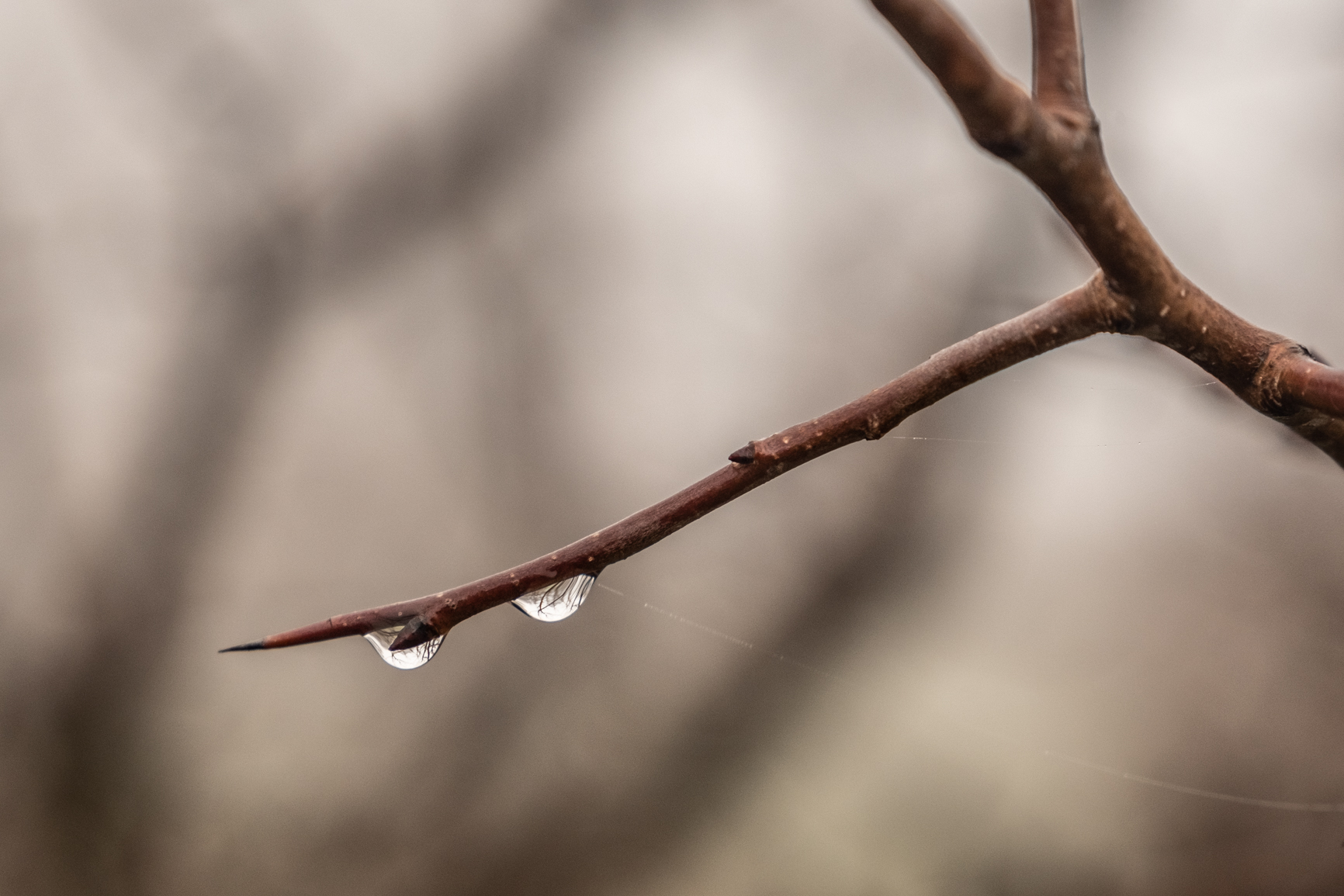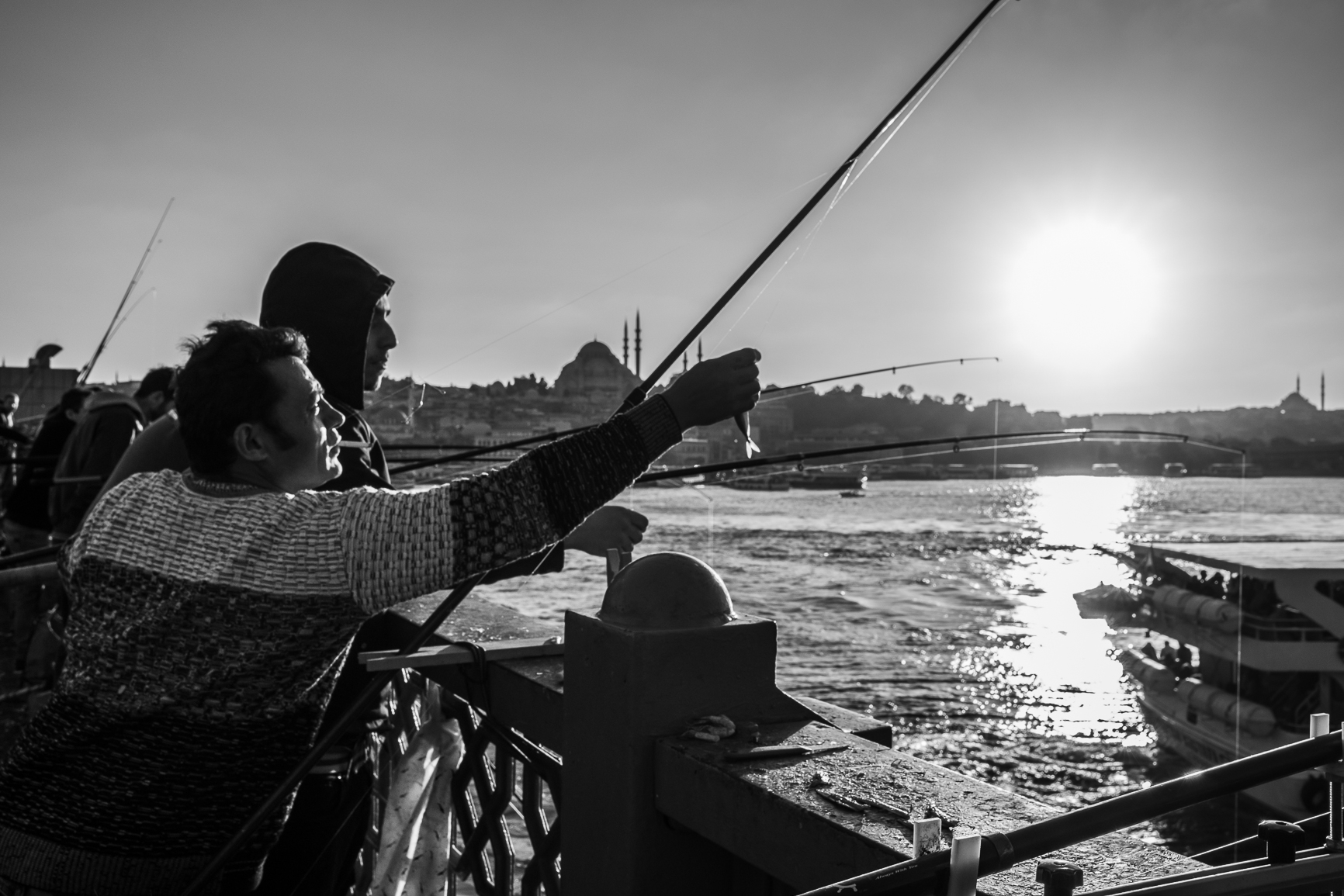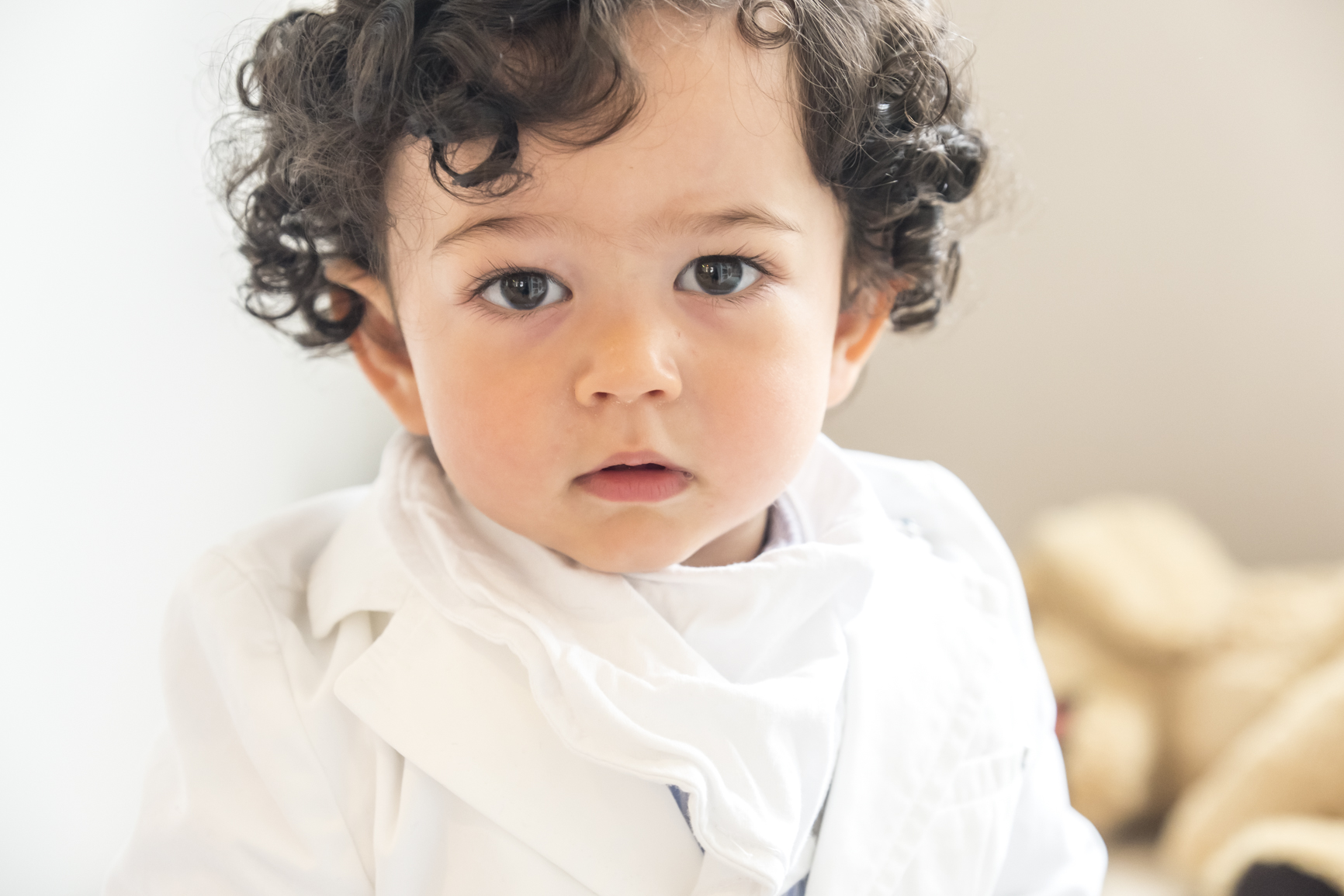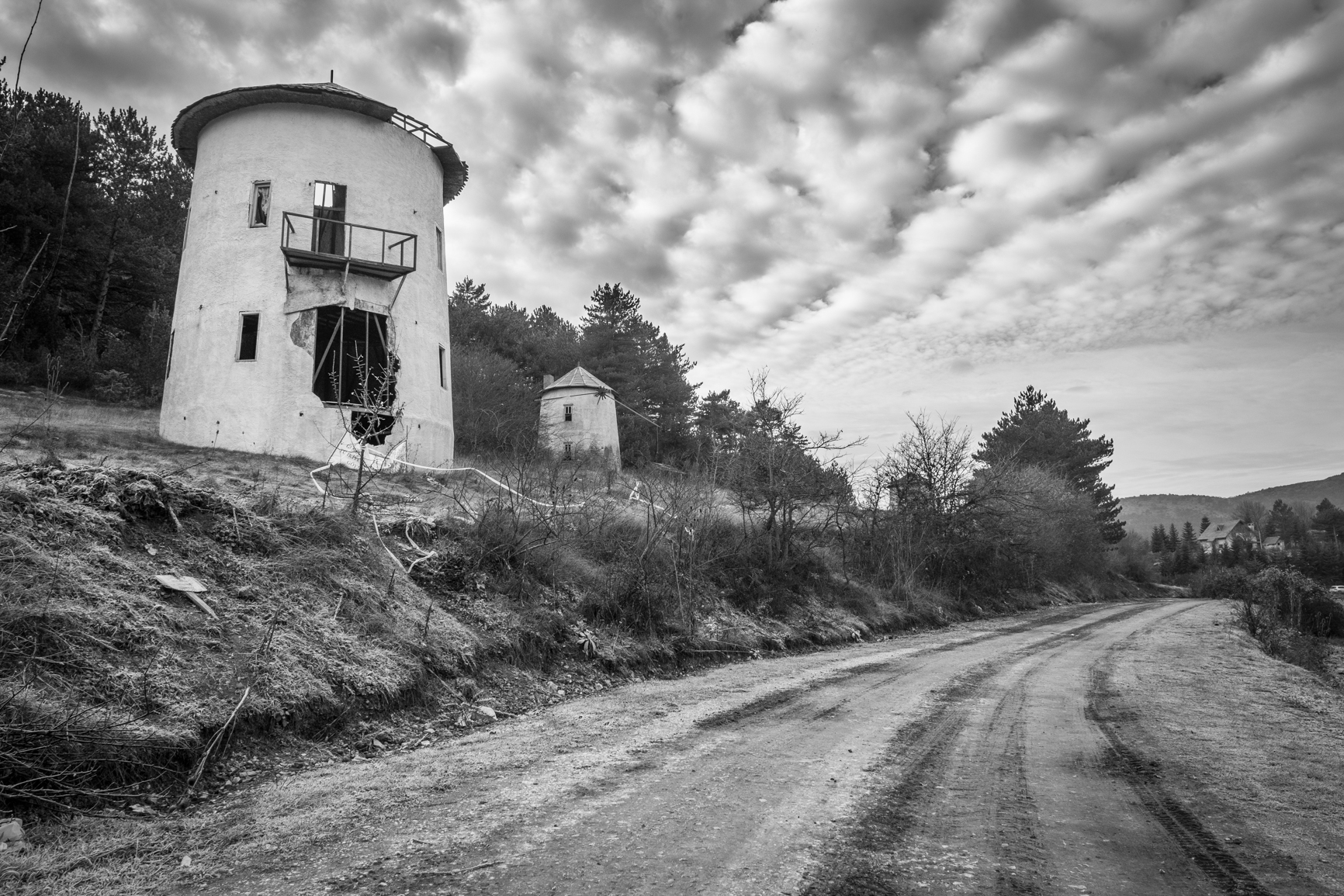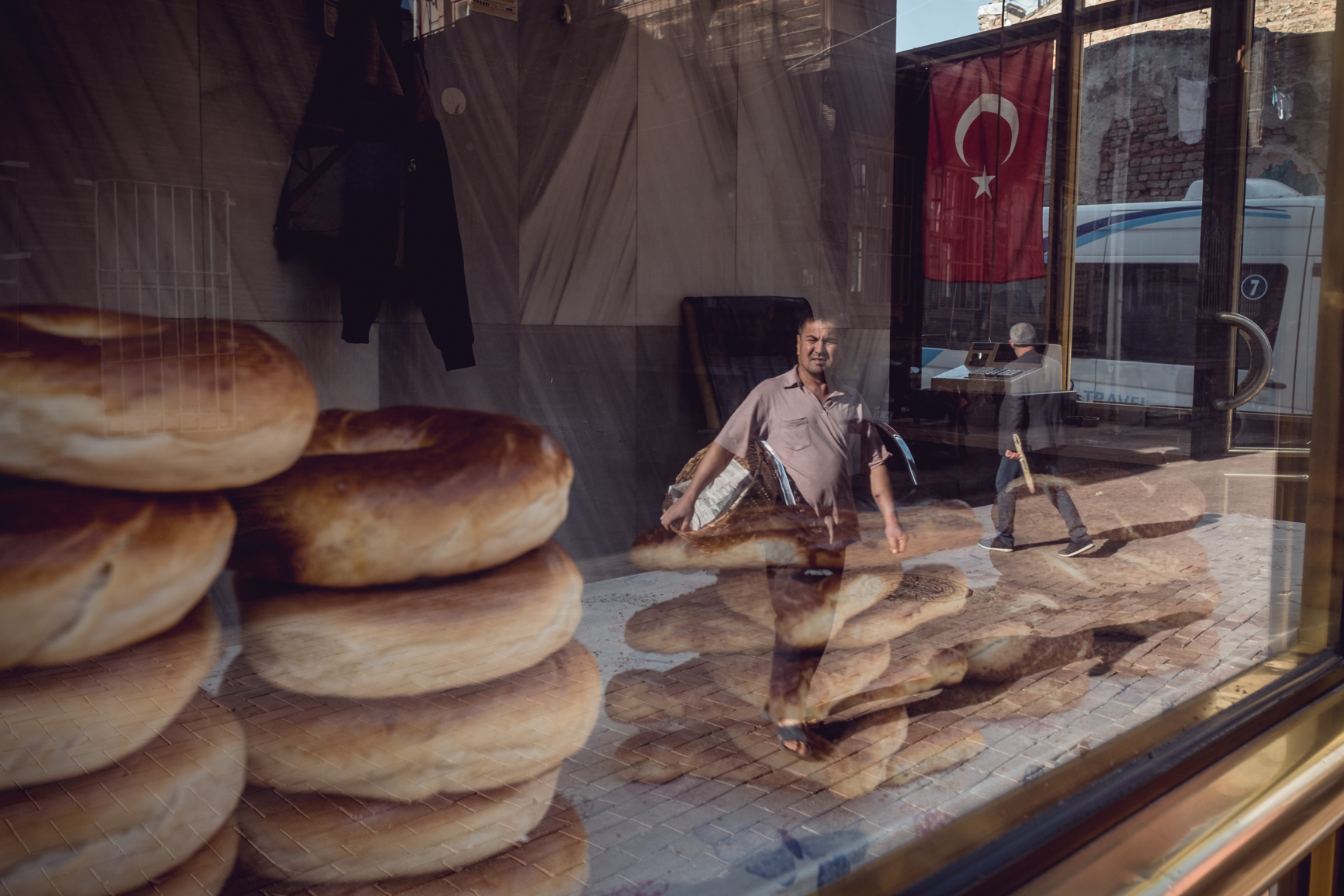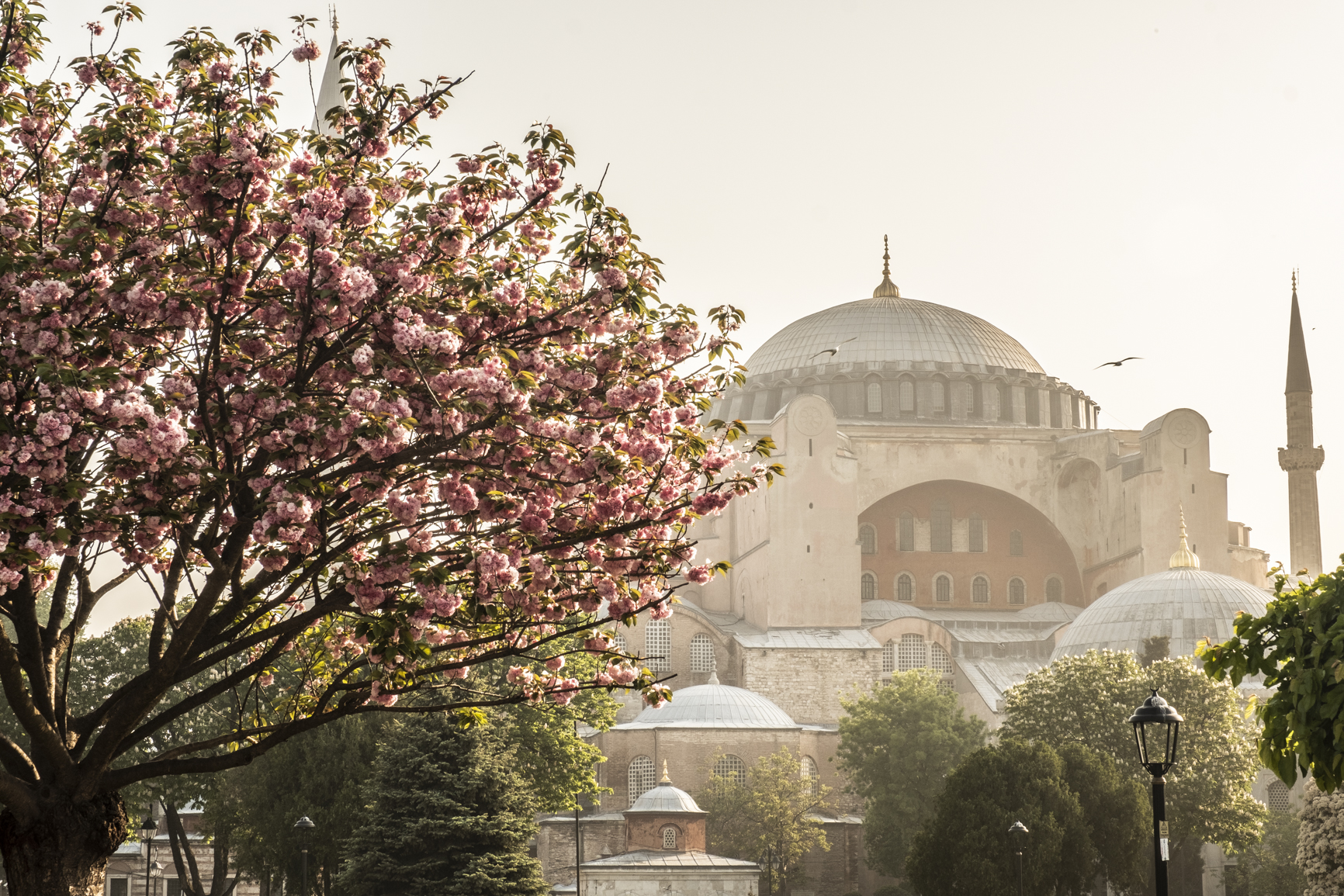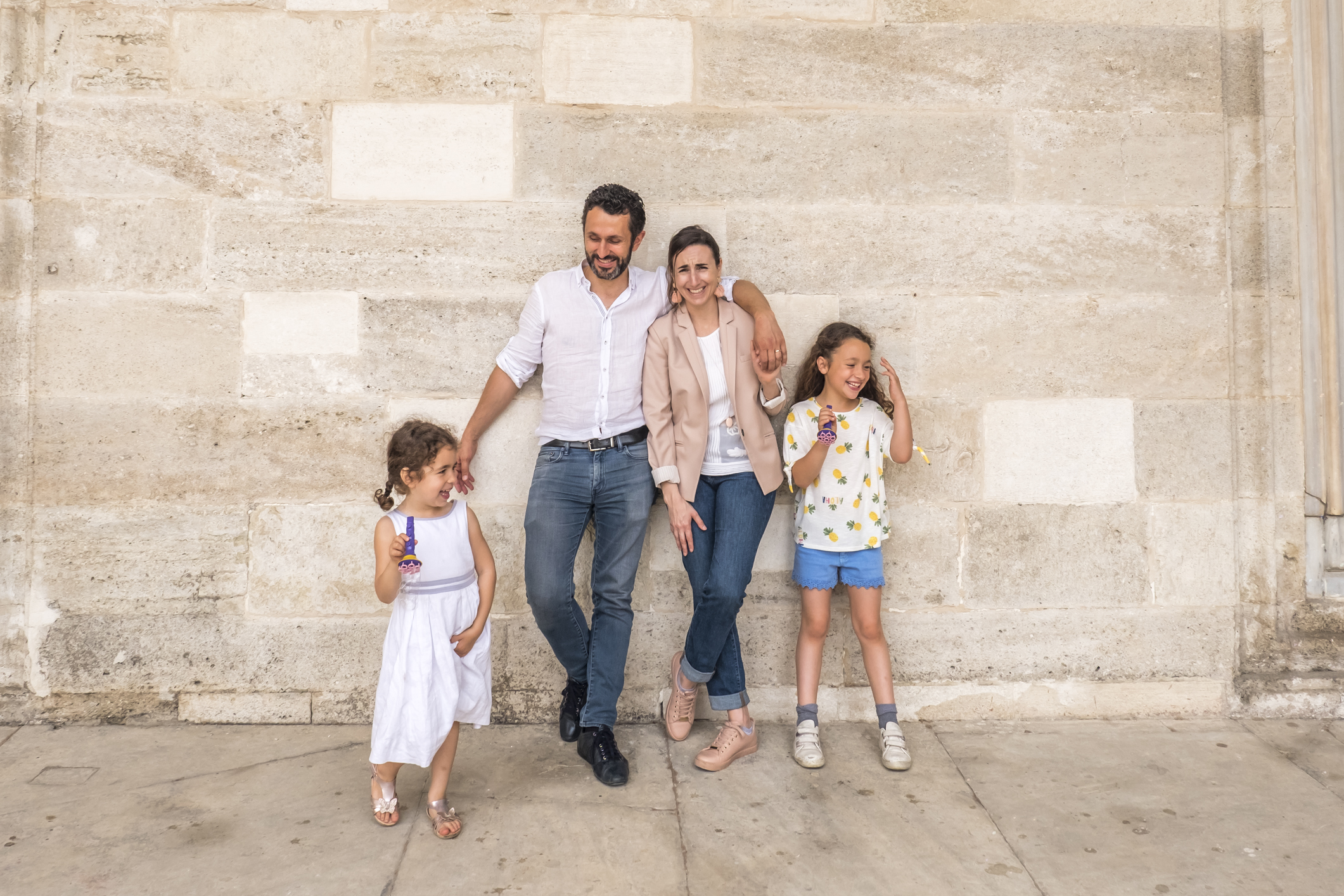How to choose the camera that fits your needs?
When it comes to buy a camera, the possibilities seem endless.
In this article, I won’t talk about the new models coming up or even specific brands. I won’t tell you this camera is better, as it all depends on your needs (& financial capacity).
I want to help the owners-to-be to project themselves as photographers, as purchasing a “not-so-suitable-for-me” camera might keep you away from photographing & all the fun which goes with it.
I keep this article simple in purpose. If you have any questions, don’t hesitate to ask them in the comments section.
“The best digital camera is the one you have with you & use.”
There are different types of digital cameras:
- DSLR (digital single lens reflex) (full control over settings, with interchangeable lenses)
- Mirrorless or Four Thirds (lighter than DSLR; with interchangeable lenses)
- Compact (Point & Shoot) - (small & light without much -if any- control over exposure settings; lens is not interchangeable)
- Smartphone (you may already have one of these, so I won’t go any further)
Now, I’d like you to think about yourself: what you want & can invest (time & money) now … & what you’re willing to do later:
- Your money investment range (camera + lens + accessories)
- Your skill level
- The weight you’re ok to carry around (maybe for hours)
- Your time & money investments to learn how to use your gear
- Your need of videos too
- Your desire to change your lens
- Your will to edit & process your images
And the things you might like to photograph:
- Close-ups (flowers, details, insects) - DSLR
- Portraits (kids, family) - DSLR or Mirrorless
- Sports - DSLR or Mirrorless
- Street photography - Mirrorless or Compact
- Travel photography - Mirrorless or Compact
- Nature or landscapes - DSLR or Mirrorless
- Wildlife - DSLR or Mirrorless
So, here are the steps I advise you to follow:
- Define what kind of photographs you want to take
- Rank the things which are the most important to you (video or interchangeable lens for example)
- Define what is a no-go (weight or budget)
Now that you have this in your mind, you’re ready to discover the 3 main types of cameras available in the market.
Let me tell you more about the different types of cameras, with their + & -
Compacts
+ They have the great advantage to be light & small. You’ll always find a place for yours in your backpack or handbag. They weigh about 200-300g, are about 10x6x4cm (the size of a wallet) and their costs vary between 300 & 700€ (for the “expert” versions).
They are very easy to use: “point & shoot” is all you need to do.
There won’t be much to learn about it (expect for the expert models) as they don’t often offer setting controls.
They would be good for street & travel photography.
Nowadays, they often offer 4K video.
If they offer Raw format, you’ll be able to fully edit & process your images.
- They can’t be upgraded as the lens is built-in.
They might not be good at sport (not fast enough) or wildlife (the zoom would reach its limits).
In low-light situations, they might not give you nice results (noise).
They are quite small so if you have large hands, check in a shop if you can access the buttons comfortably.
Here is a link to more info about the compact cameras available in the market in 2018.
Mirrorless
+ Smaller & lighter than DSLR.
They weigh between 400 & 700g (without the lens)
The variation of the sensor size creates a large price range: from 500€ up to 2000€, & in most of the case the sensor will be larger than compacts’.
The lens is interchangeable & you can have full control over the exposure settings.
You can buy a kit camera in specialized shops with a basic lens (18-55mm) or just the body & choose the lens that fits your needs.
Some brands choose an old-fashion esthetic.
Some of them have 2 SD card slots.
They offer Raw format so you can fully edit your images.
They have 4K video.
- The expert mirrorless cameras will be quite expensive.
The no-expert have cropped sensors (not sure it’s really a “-”!)
The lens offer is not always very wide for every brand.
Some of them have short battery life.
The viewfinder is digital so it uses energy
They are not that big so if you have large hands, you might want to make sure you still can access every button & wheel you need.
Beginners would need to invest on photo lessons.
Here is a link to more info about the mirrorless cameras available in the market in 2018.
DSLR
+ The largest offer for camera bodies & lenses.
They are a real long-term investment (from 1300€ up to 4000€).
The lens is interchangeable.
You can buy a kit camera in specialized shops with a basic lens (18-55mm) or just the body & choose the lens that fits your needs.
Some of them have 2 SD card slots.
They always offer Raw format so you can fully edit your images.
They have 4K video.
- The heaviest & largest cameras (from 800g up to 1,3kg without the lens).
Suitable accessories are a must, to carry & protect the camera & lenses.
They have large menus & a lot of things to set up. Help might be necessary.
They can be seen as a great target to malicious people.
Beginners would need to invest on photo lessons.
Here is a link to more info about the DSLR cameras available in the market in 2018.
When you have the control over the exposure settings, and if you bought this kind of camera for this specific aspect, I advise you to find the best way for you to understand how things work. A lot of great tutorials are available on Youtube & on specialized websites.
If you know you need a face-to-face learning method (and you live in or travel to Istanbul), I’d be more than happy to organize private photo lessons for you.
Don’t hesitate to leave comments, ask questions & to share this article!
”A bit about myself”
My cameras: For my 30th birthday, I was offered my 1st DSLR camera: a Nikon D40 with a 18-55mm. I enjoyed it very much for many years. I bought a telezoom lens a few years later, to have a larger range of possibilities (it then became quite heavy!).
Then turning into professional, I upgraded to a Nikon D600, a full frame DSLR, with a 24-70mm, a 50mm & a 35mm.
And 2 years ago, because of some shoulder pain, I switched to Fuji XT-2, a cropped-sensor mirrorless camera, with a 16-55mm (equivalent of a full-frame 24-70mm) and a 23mm (equivalent of a 35mm).


